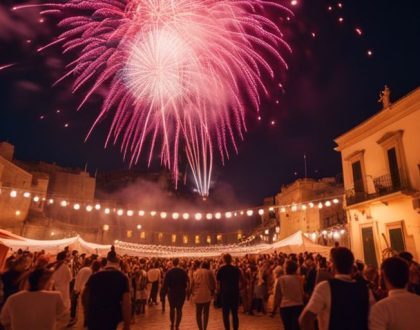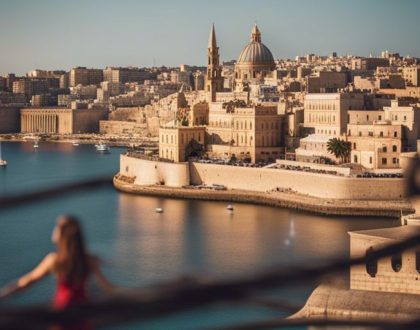Malta’s Iconic Bus System
Most people who have visited Malta are familiar with its iconic bus system, which has been an integral part of the island’s transportation network for decades. The colorful and charming buses have become a symbol of Malta’s unique culture and history.
These vintage buses, known as Malta buses, have been in operation since the 1920s, serving as the primary mode of public transportation on the island. Many of these buses were originally used in the United Kingdom before being imported to Malta, giving them a distinctive retro look that sets them apart from modern bus fleets.
One of the reasons why Malta’s bus system is so iconic is its extensive coverage across the island. These buses can be seen traversing the narrow streets of Valletta, winding through the picturesque villages of Mdina and Marsaxlokk, and connecting travelers to popular tourist destinations such as the Blue Grotto and Golden Bay.
Another unique feature of Malta’s bus system is the personalized touch that each bus carries. Each bus is decorated with vibrant colors, intricate patterns, and religious icons, making them stand out on the roads. Some buses even have their own nicknames, adding to their character and charm.
Despite their vintage appeal, Malta’s buses have undergone several upgrades over the years to ensure they meet modern safety and emission standards. In recent years, the government has introduced a fleet of new, air-conditioned buses to complement the existing vintage ones, providing passengers with a more comfortable and efficient travel experience.
While Malta’s bus system has a nostalgic charm, it has also faced challenges in recent years. The aging fleet of buses and the outdated infrastructure have led to reliability issues and overcrowding during peak times. To address these challenges, the Maltese government has invested in modernizing the bus network, including the introduction of a contactless card payment system and the construction of new bus terminals.
Despite these changes, Malta’s iconic bus system continues to be a beloved symbol of the island’s heritage and a popular choice for both locals and tourists. The sight of these colorful buses meandering through the streets of Malta evokes a sense of nostalgia and wonder, making them an enduring icon of the island’s transportation history.
Hence, Malta’s iconic bus system is not just a mode of transportation but a cultural landmark that reflects the island’s rich history and unique identity. Whether you’re exploring the historic sites of Valletta or soaking up the sun on the beaches of Gozo, riding one of Malta’s charming buses is an experience not to be missed.
FAQs:
Are Malta’s vintage buses still in operation today?
Yes, Malta’s vintage buses, known as Malta buses, are still operational and continue to be an integral part of the island’s transportation network.
What makes Malta’s bus system unique?
Malta’s bus system stands out for its extensive coverage across the island, personalized decorations on each bus, and its vintage appeal.
How has Malta’s bus system evolved over the years?
Despite their vintage charm, Malta’s buses have undergone upgrades to meet modern safety and emission standards, including the introduction of new air-conditioned buses.
What challenges has Malta’s bus system faced recently?
Challenges include reliability issues, overcrowding during peak times, and outdated infrastructure, which the government is addressing through modernization efforts.
What efforts has the Maltese government made to improve the bus network?
The government has invested in modernizing the bus network, introducing a contactless card payment system and constructing new bus terminals.
Michael
With over 20 years experience in web design, SEO and website promotion I always give you an expert advice in regard to any issues related to your Site Design, SEO, Internet Marketing, Promotion, Backlinks, Site Content. In order to help you find out what is missing or can be improved and get higher rankings in Google and more traffic.
Recommended Posts

The Colors of Maltese Fiestas
May 3, 2024


